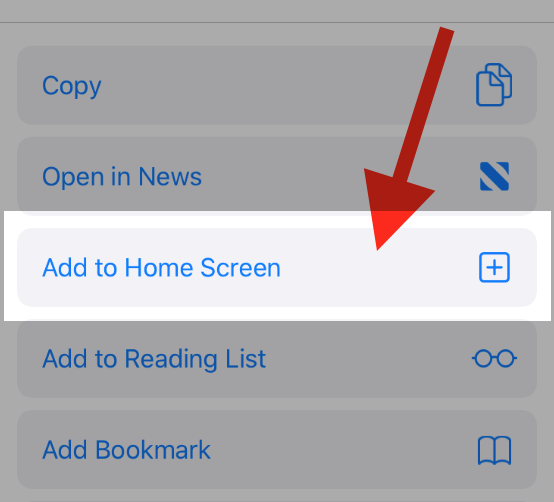
FAQs
Frequently Asked Questions
No. While chlorine dioxide has chlorine in its name, its chemistry is very different from the corrosive chemistry of chlorine bleach.
The primary differences are that chlorine dioxide is less caustic, safer and gentler than bleach and many other antiseptics and antimicrobials, plus it remains effective under organic load.
USEPA is currently reviewing the way third parties will be able to carry "green" claims on all disinfectant labels. EPA policy at this point does not allow "green" claims to be placed directly on any disinfectant product's label.
While Vital Oxide is mild on skin, hard surfaces, and fabric, and will certainly qualify for "green status" when the designation is allowed, we can not advertise this claim until it is permitted by the EPA.
VO is also a powerful disinfectant able to kill some of the toughest and most resistant forms of bacteria and mold. The chemical composition of Vital Oxide is such that it has a minimal impact on the environment and contains no ozone harming volatile compounds(VOC).
Further, chlorine bleach produces harmful by-products to the environment including trihalomethanes (THM) and haloacetic acids (HAAS).
Vital Oxide breaks down to a simple salt, produces no harmful by-products.
Yes. Vital Oxide is an excellent disinfectant to use around the house.
Some of the best places to use Vital Oxide at home;
- are in musty basements,
- in bathrooms where mildew has accumulated (or on surfaces to protect against mold and mildew),
- and in the kitchen to keep food surfaces clean.
Vital Oxide has also been tested on carpets and can be used around the house to sanitize carpets.
The quickest way to disinfect a hospital room, entire basement, or school gym is by using a fogger or electrostatic sprayer that can create a fine mist to treat objects, walls, floors, and ceilings in a matter of just a few minutes.
Electrostatic sprayers and foggers can dramatically cut the time to disinfect large areas. Vital Oxide is one of the few disinfectants that can be dispersed in this manner because VO is non-corrosive to treated surfaces and objects.
Cleaners are not registered with the EPA and cannot make public health claims on their label such as killing germs, or having any anti-microbial action.
As part of the Environmental Protection Agency registration process, disinfectant products are put through rigorous testing to prove their efficacy and measure toxicity.
The EPA registers three types of disinfectants: Limited, General, and Hospital. All three disinfectants destroy or irreversibly inactivate certain microorganisms on hard, inanimate surfaces, and objects You can determine a “limited,” “general,” or “hospital” disinfectant by the microorganisms listed on the label.
Limited – must be supported by efficacy testing against either Salmonella cholerasuis or Staphylococcus aureus. Limited disinfectants are found mostly in household use.
General – must be supported by efficacy testing against both Salmonella cholerasuis and Staphylococcus aureus.General disinfectants are used in commercial areas.
Hospital – must be supported by AOAC Use Dilution or AOAC Germicidal Spray efficacy testing against Staphylococcus aureus, Salmonella cholerasuis and Pseudomonas aeruginosa. The bacteria Pseudomonas aeruginosa hides behind biofilm and is difficult to eliminate. Killing this bacteria is required for “Hospital Disinfectant”.
Also as part of this evaluation process, products are assigned to a toxicity category: The categories range from category 1 (highly toxic) to category 4 (no exposure warnings required on the label). Vital Oxide received an EPA category 4 rating for all exposure routes with the exception of mild eye irritation.
A substance, or mixture of substances, intended to reduce the number of microorganisms on inanimate surfaces, in water or air (FIFRA § 4(i)(4)(C)(i)).
A food contact sanitizer - At a minimum, reduces the level of Staphylococcus aureus and Escherichia coli by 99.999% on a food contacy surface within one minute. A potable water rinse is not allowed after sanitation of a food contact surface.
A non-food contact sanitizer - At a minimum, reduces the level of Staphylococcus aureus and Klebsiella pneumoniae or Enterobacter aerogenes by 99.9% on non-food contact surfaces within 5 minutes.
“No rinse required on food contact surfaces” is a safety rating given by NSF International (previously the National Sanitation Foundation).
The NSF testing guidelines are a continuation of the USDA product approval and listing program, including the FDA 21.
Vital Oxide is rated “no rise required on food contact surfaces” category D2, meaning Vital Oxide is approved to use in commercial or residential kitchens to control bacteria, viruses and mold without the need to wash/rinse the area with water after Vital Oxide is applied.
In some cases you can clean and disinfect at the same time, but this depends on how dirty the surfaces you are cleaning/disinfecting - the dirtier the surface the less effective the disinfectant.
Disinfectants need to contact the area to disinfect, and cannot do this effectively with a barrier of dirt or grime in the way.
Once the dirt has been wiped away the disinfectant can get to work.
Under lightly soiled conditions, you can clean and disinfect in the same step with just Vital Oxide.
Heading
To add this web app to your homescreen, click on the "Share" icon
![]()
Then click on "Add to Home"

To add this web app to your homescreen, click on the "Share" icon
![]()
Then click on "Add to Home"

It looks like your browser doesn't natively support "Add To Homescreen", or you have disabled it (or maybe you have already added this web app to your applications?)
In any case, please check your browser options and information, thanks!
It looks like your browser doesn't natively support "Add To Homescreen", or you have disabled it (or maybe you have already added this web app to your applications?)
In any case, please check your browser options and information, thanks!